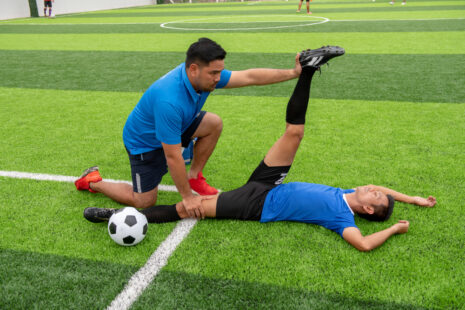The duration of physical therapy for hip pain can vary depending on several factors, including the cause of the hip pain, the severity of the condition, the individual’s overall health, and how well they respond to treatment. In some cases, a short course of physical therapy may be sufficient to address and manage hip pain, while in others, a more extended period of therapy may be necessary for optimal results.
Typically, a standard course of physical therapy for hip pain may last anywhere from a few weeks to several months. A typical treatment plan may involve attending physical therapy sessions once or twice a week, depending on the therapist’s recommendations and the individual’s progress.
During physical therapy for hip pain, the following steps are usually involved…
- Assessment and Evaluation – The physical therapist will conduct a thorough evaluation to determine the cause of the hip pain, and assess the individual’s range of motion, strength, flexibility, and functional abilities.
- Individualized Treatment Plan – Based on the evaluation, the physical therapist will design a personalized treatment plan to address the specific needs and goals of the individual.
- Pain Management – The therapist will employ various techniques to manage pain, reduce inflammation, and provide relief, such as manual therapy, modalities (e.g., heat or ice), and therapeutic exercises.
- Strengthening and Flexibility Exercises – Specific exercises will be prescribed to strengthen the hip and surrounding muscles and improve flexibility.
- Gait Training and Movement Education – If necessary, the therapist will work on improving walking and movement patterns to minimize strain on the hip.
- Home Exercise Program – The therapist will provide a home exercise program for the individual to perform between sessions to support their progress.
- Progress Evaluation – The physical therapist will regularly assess the individual’s progress and make necessary adjustments to the treatment plan as needed.
- Education and Prevention – Education on proper body mechanics and techniques to prevent future hip pain or injury may also be included.
Note that every individual’s response to physical therapy is unique, and the duration of treatment may vary accordingly. Consistent attendance, active participation in exercises, and adherence to the home exercise program are vital for achieving successful outcomes. If the hip pain is severe or does not improve with physical therapy, further evaluation and management may be necessary, and the therapist may refer the individual to a healthcare professional for additional assessment and intervention.




